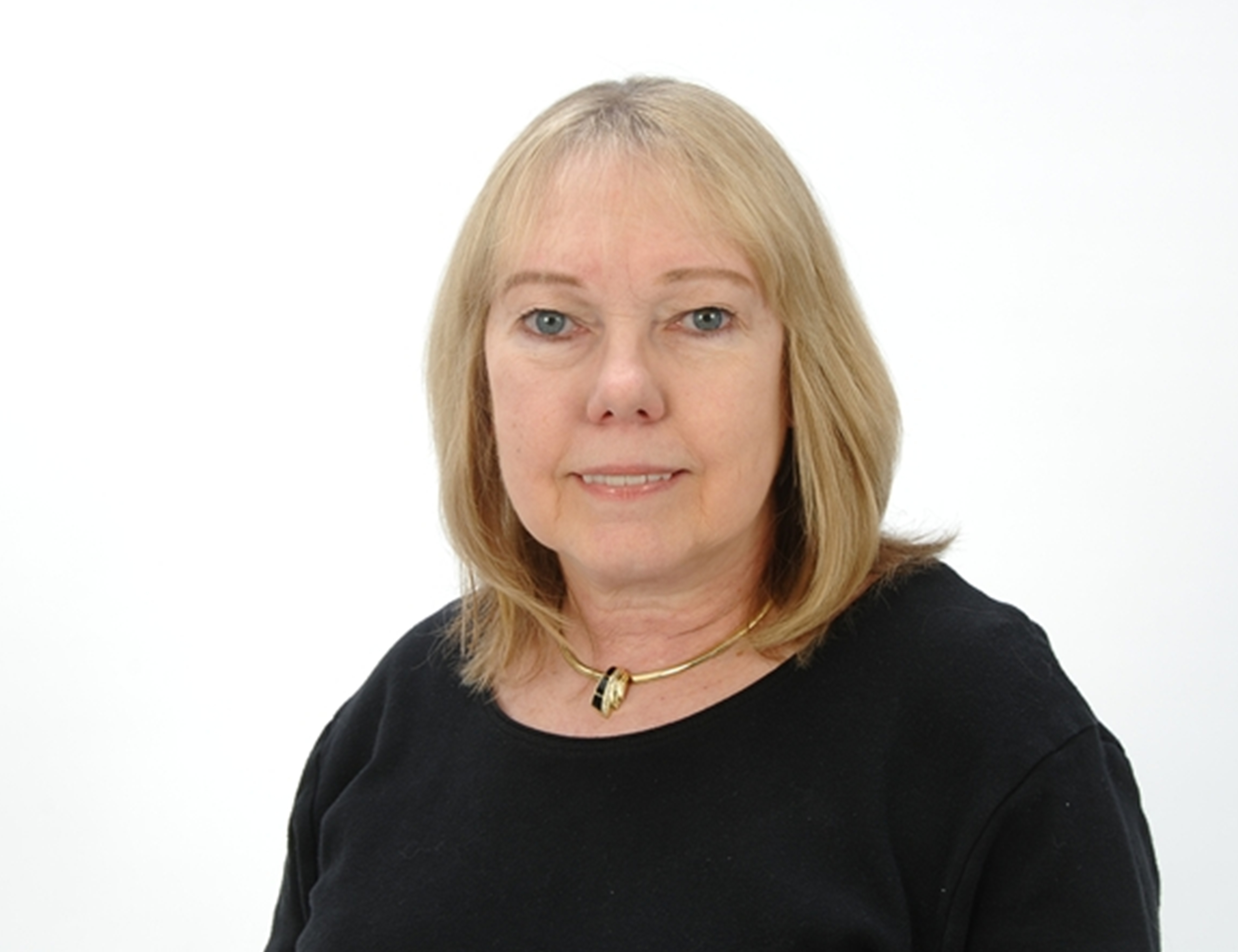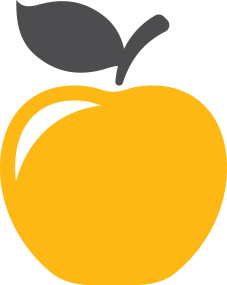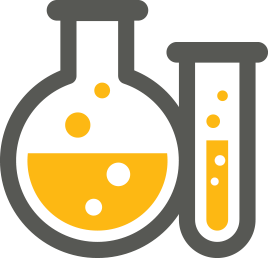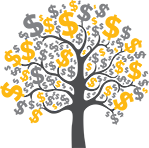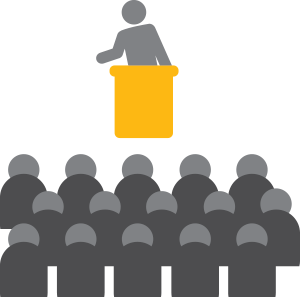Teaching Science: The Next Generation
By Lynn Howard—Author, Professional Development Associate, and Teacher
Ms. Koontz's Grade 4 classroom is abuzz with excitement. She has just shown the students a science phenomenon in which a glass can `sing'. Now it is time for them to plan and carry out their own investigation to demonstrate their understanding of the relationship between energy and sound. Each student group has a variety of items: string, plastic cups, paper clips, spoons, and paper. Their focus is the Next Generation Science Standards (NGSS) performance expectation of making observations to provide evidence that energy can be transferred from place to place by sound, light, heat, and electric currents. Their goal is to understand the crosscutting concept that energy can be transferred in various ways.
Children are naturally curious about their world and are intrinsically motivated to investigate their surroundings. Students should be active learners who demonstrate their scientific understanding by using the habits of scientists. It is not enough for students to read about science; they must participate in the sometimes messy nature of science. What children know and understand about science has changed in the past decades. Science standards and related documents, presently used by states, are over 20 years old. The American Association for the Advancement of Science's Benchmarks for Science Literacy was published in 1993 and the National Research Council's National Science Education Standards were published in 1996.
The Framework for K–12 Science Education formed the basis for the development of the Next Generation Science Standards which were released in April of 2013. Understanding the Next Generation Science Standards and how these new standards will affect K–12 science classrooms is the focus of many national conversations. Adopting the standards will require instructional shifts in how we teach and assess student learning. These new standards, called performance expectations, represent learning goals for what students should know and be able to do at each grade level. They are not intended to be a curriculum but to be used as a guide to help educators know what to teach and assess. Science teachers will have the ability to decide how best to teach using instructional practices that meet the needs of their students. No longer will science be taught in isolation but integrated through the three dimensions of science: the Science and Engineering Practices, Disciplinary Core Ideas and Crosscutting Concepts.
The teacher is the most important component in improving the quality of student learning. The best teachers are those who design classroom experiences that are relevant, motivating, and connect to real-world experiences in the lives of their students. To successfully implement the NGSS, teachers will need to understand the importance and impact that the three dimensions of NGSS will have on students learning. Teachers must learn how to engage students in science phenomenon by providing opportunities for students to question and investigate scientific occurrences. Since progress in the modern world is tied so closely to this way of knowing, scientific literacy is essential for a global economy. Critical literacy skills, including reading, writing and appropriate use of science terminology, along with understanding complex text and using effective speaking and listening skills must be an integral part of all student's science education.
 |
A physics teacher recently launched a raw egg into a brick and asked students to reflect on the demonstration. He asked them to apply scientific and engineering ideas to design, evaluate, and refine a device that minimizes the force on an object during a collision. Their challenge was to design a protection for the egg that will be in a collision of a specified speed. This emphasis on scientific exploration and experimentation, rather than lecture, encourages students to ask more questions, collaborate on the engineering design process, and engage in argument from evidence.
The implementation of the Next Generation Science Standards will require professional development that provides educators with a balance in teaching science. As the implementation of the Next Generation Science Standards begins, opportunities exist for science educators to participate in high-quality professional development that supports best practices in science education. Teachers must learn how to design effective science units, along with engaging lessons, that integrate the best instructional strategies for 21st-century learning skills. The International Center for Leadership in Education at Houghton Mifflin Harcourt is ready to provide districts and schools with a series of training modules that allow for immediate and ongoing science instruction improvement.
We need a balance in our instructional approaches in teaching science in order to develop science and engineering proficient students. Science is critical in the lives of all Americans as they prepare to be informed citizens, compete in a global economy and develop 21st-century skills in communication, collaboration, critical and creative thinking. The Next Generation Science Standards provide a vision of science that presents opportunities for ALL students to engage the practices of scientists.
Are you ready for the Next Generation Science Standards? How are you currently addressing a balanced science program that leads to improved teaching and learning and impacts student achievement? As we prepare for the Next Generation Science Standards, one of the best things we can do for our students is to perpetuate their sense of wonder and willingness to explore and experiment. Encourage them to questions, to invent, to go on adventures, and to wonder about the world around them.
| Teaching Science: The Next Generation includes a set of hands-on, teacher-friendly modules, based on the books: Five Easy Steps to a Balanced Science Program by Lynn Howard. An overview of NGSS begins with an understanding of the document and then a selection of professional development modules that provide teachers with strategies for establishing effective science environments, incorporating best instructional practices, problem-solving and STEM challenges, integrating Common Core Literacy and Math, designing effective assessment processes. These customed-designed modules are centered around a Rigorous Curriculum Design model that enables K–12 science teachers to develop units of study based on the NGSS performance expectations. |
Lynn F. Howard is an author, distinguished professional development associate and teacher. She has worked for the Leadership and Learning Center for the past eleven years and worked in the Charlotte-Mecklenburg School System for over 30 years as a middle grades science and math teacher, coordinator of the gifted program, and a K–12 Regional Assistant Superintendent for Curriculum and Instruction. She designed a K–12 systemic school improvement program, developed differentiated instructional modules, worked with the principal's leadership program, and implemented a new teacher support process. Lynn has taught graduate courses in gifted education, written and implemented K–12 curriculum units and presented science, math and literacy seminars across the United States and internationally for schools and universities. She served on the National Association of Geoscience Education' Speakers Bureau as a keynoter, board member and professional developer.
Lynn has presented at the Association of Supervision and Curriculum Development, National Science Teachers Association, Phi Delta Kappa, Learning Forward, International Reading Association, Association for Middle Level Educators and state and regional conferences. She is actively involved with the Next Generation Science Standards, Common Core Math, Data Teams, and Rigorous Curriculum Design.
Since joining the Center, she has published four books and the corresponding seminars, including Ready for Anything: Supporting New Teachers for Success and three grade levels of Five Easy Steps to a Balanced Science Program and wrote “Connecting Science Standards and Assessments”, a chapter in Standards and Assessment: The Core of Quality Instruction. Her latest chapters, “Success in the Beginning: Supporting New Teachers and “Balanced Science Instruction” are published in Engaged Instruction: Thriving Classroom in the Age of the Common Core. Lynn also contributed to the new Response to Instructional Strategies and Interventions: Scenarios for K–12 educators by Dr. Linda Gregg. Supporting New Teachers: A How-to Guide for Leaders has just been published by Corwin.
Lynn holds a Master's of Earth Science and Education and a Bachelor's Degree in Biology from the University of North Carolina at Charlotte, Academy Certification from Learning Forward, and national certification in Gifted and Talented.
Her husband, Wallace, is a former kindergarten teacher and they live in Huntersville, North Carolina. Lynn and Wallace have traveled to all 50 states and have shared 41 years together as they explore new possibilities to improve teaching and learning.
Lynn may be contacted by email at lynn.howard@hmhco.com |



